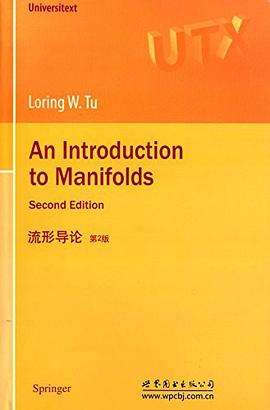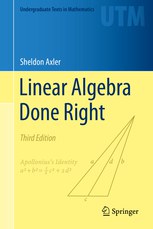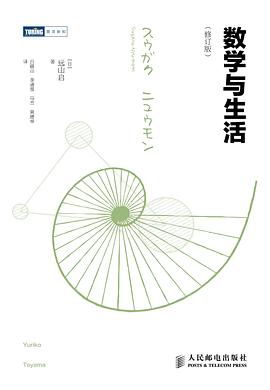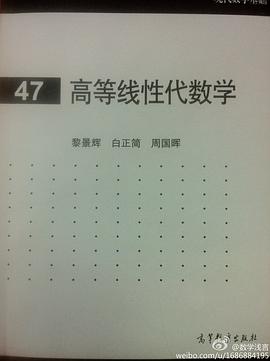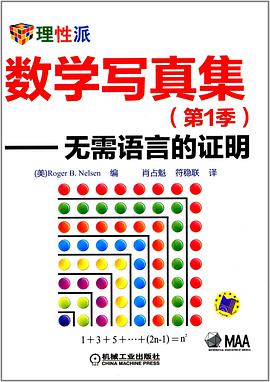

Introductory Example: Linear Models in Economics and Engineering
1.1 Systems of Linear Equations
1.2 Row Reduction and Echelon Forms
1.3 Vector Equations
1.4 The Matrix Equation Ax = b
1.5 Solution Sets of Linear Systems
1.6 Applications of Linear Systems
1.7 Linear Independence
1.8 Introduction to Linear Transformations
1.9 The Matrix of a Linear Transformation
1.10 Linear Models in Business, Science, and Engineering
Supplementary Exercises
2. Matrix Algebra
Introductory Example: Computer Models in Aircraft Design
2.1 Matrix Operations
2.2 The Inverse of a Matrix
2.3 Characterizations of Invertible Matrices
2.4 Partitioned Matrices
2.5 Matrix Factorizations
2.6 The Leontief Input—Output Model
2.7 Applications to Computer Graphics
2.8 Subspaces of Rn
2.9 Dimension and Rank
Supplementary Exercises
3. Determinants
Introductory Example: Random Paths and Distortion
3.1 Introduction to Determinants
3.2 Properties of Determinants
3.3 Cramer’s Rule, Volume, and Linear Transformations
Supplementary Exercises
4. Vector Spaces
Introductory Example: Space Flight and Control Systems
4.1 Vector Spaces and Subspaces
4.2 Null Spaces, Column Spaces, and Linear Transformations
4.3 Linearly Independent Sets; Bases
4.4 Coordinate Systems
4.5 The Dimension of a Vector Space
4.6 Rank
4.7 Change of Basis
4.8 Applications to Difference Equations
4.9 Applications to Markov Chains
Supplementary Exercises
5. Eigenvalues and Eigenvectors
Introductory Example: Dynamical Systems and Spotted Owls
5.1 Eigenvectors and Eigenvalues
5.2 The Characteristic Equation
5.3 Diagonalization
5.4 Eigenvectors and Linear Transformations
5.5 Complex Eigenvalues
5.6 Discrete Dynamical Systems
5.7 Applications to Differential Equations
5.8 Iterative Estimates for Eigenvalues
Supplementary Exercises
6. Orthogonality and Least Squares
Introductory Example: The North American Datum and GPS Navigation
6.1 Inner Product, Length, and Orthogonality
6.2 Orthogonal Sets
6.3 Orthogonal Projections
6.4 The Gram—Schmidt Process
6.5 Least-Squares Problems
6.6 Applications to Linear Models
6.7 Inner Product Spaces
6.8 Applications of Inner Product Spaces
Supplementary Exercises
7. Symmetric Matrices and Quadratic Forms
Introductory Example: Multichannel Image Processing
7.1 Diagonalization of Symmetric Matrices
7.2 Quadratic Forms
7.3 Constrained Optimization
7.4 The Singular Value Decomposition
7.5 Applications to Image Processing and Statistics
Supplementary Exercises
8. The Geometry of Vector Spaces
Introductory Example: The Platonic Solids
8.1 Affine Combinations
8.2 Affine Independence
8.3 Convex Combinations
8.4 Hyperplanes
8.5 Polytopes
8.6 Curves and Surfaces
9. Optimization (Online Only)
Introductory Example: The Berlin Airlift
9.1 Matrix Games
9.2 Linear Programming–Geometric Method
9.3 Linear Programming–Simplex Method
9.4 Duality
10. Finite-State Markov Chains (Online Only)
Introductory Example: Googling Markov Chains
10.1 Introduction and Examples
10.2 The Steady-State Vector and Google's PageRank
10.3 Communication Classes
10.4 Classification of States and Periodicity
10.5 The Fundamental Matrix
10.6 Markov Chains and Baseball Statistics
Appendices
A. Uniqueness of the Reduced Echelon Form
B. Complex Numbers
· · · · · · (收起)
具体描述
With traditional linear algebra texts, the course is relatively easy for students during the early stages as material is presented in a familiar, concrete setting. However, when abstract concepts are introduced, students often hit a wall. Instructors seem to agree that certain concepts (such as linear independence, spanning, subspace, vector space, and linear transformations) are not easily understood and require time to assimilate. These concepts are fundamental to the study of linear algebra, so students' understanding of them is vital to mastering the subject. This text makes these concepts more accessible by introducing them early in a familiar, concrete Rn setting, developing them gradually, and returning to them throughout the text so that when they are discussed in the abstract, students are readily able to understand.
用户评价
##非常适合初学和自学,看了1-8章和第10章,读这本书是一种享受,如听仙乐,绕梁三日,欲罢不能,可惜找不到第9章。
评分##由于时间和精力,只做了PRACTICE PROBLEMS部分,EXERCISES只挑了几题做。书中的第9章和10章是网络上的章节,可惜原书并未收录,所以只是看看章节名而已。 不过也是从头到尾翻了一遍,这确实是本好书,甩国内绝大部分教材几条街,至此也是重新学了下线性代数了。
评分##看到好评如潮有点意外,算是终于得到一个例证吧。(题外话,怪不得教授怎么讲我都觉得不如看书好…………
评分##由于时间和精力,只做了PRACTICE PROBLEMS部分,EXERCISES只挑了几题做。书中的第9章和10章是网络上的章节,可惜原书并未收录,所以只是看看章节名而已。 不过也是从头到尾翻了一遍,这确实是本好书,甩国内绝大部分教材几条街,至此也是重新学了下线性代数了。
评分##2019s1: 手里三本不同的线代教材,这本最好懂,一周目quiz靠自学第一章拿了满分,通读一遍拿hd我觉得不是问题。2019年7月3日:考的还是挺好的,但毕竟不是学校推荐教材,学校的课程outline不是按这本教材走的。pro:这本书第五章开篇举的那个关于猫头鹰population dynamics的例子。con:关于linear transformation的内容太少。
评分##最后一章写的太简略了,不过也毕竟这本书是一线性代数为主
评分后悔没有用这本书来入门,学习线代应该从直观的几何理解再到严谨抽象的代数概念。我的学习恰好反过来,数学系的高等代数严谨抽象,证明详细,对于入门来说,角度有些太高。这本书有着丰富的例子图像,以及线代在各个领域的实际应用,对于一些重要的定理也有粗略的证明,简直不要太棒!!
评分##前7章打基础,第8/9/10三个章节需要重点反复读,当然内容并不基础。
评分##用了大概90个小时伴着中文版读完的,遇到中文版蹩脚的地方就读原版这种 前五章打基础,6-8章讲了在实际过程中怎么用,我缺的就是这块知识,如果学数学只是为了刷题,那这时间真不如打会儿游戏 所以这本书,给了我学线性代数的意义,自学一定要把原版也带上!
相关图书
本站所有内容均为互联网搜索引擎提供的公开搜索信息,本站不存储任何数据与内容,任何内容与数据均与本站无关,如有需要请联系相关搜索引擎包括但不限于百度,google,bing,sogou 等,本站所有链接都为正版商品购买链接。
© 2025 windowsfront.com All Rights Reserved. 静流书站 版权所有




